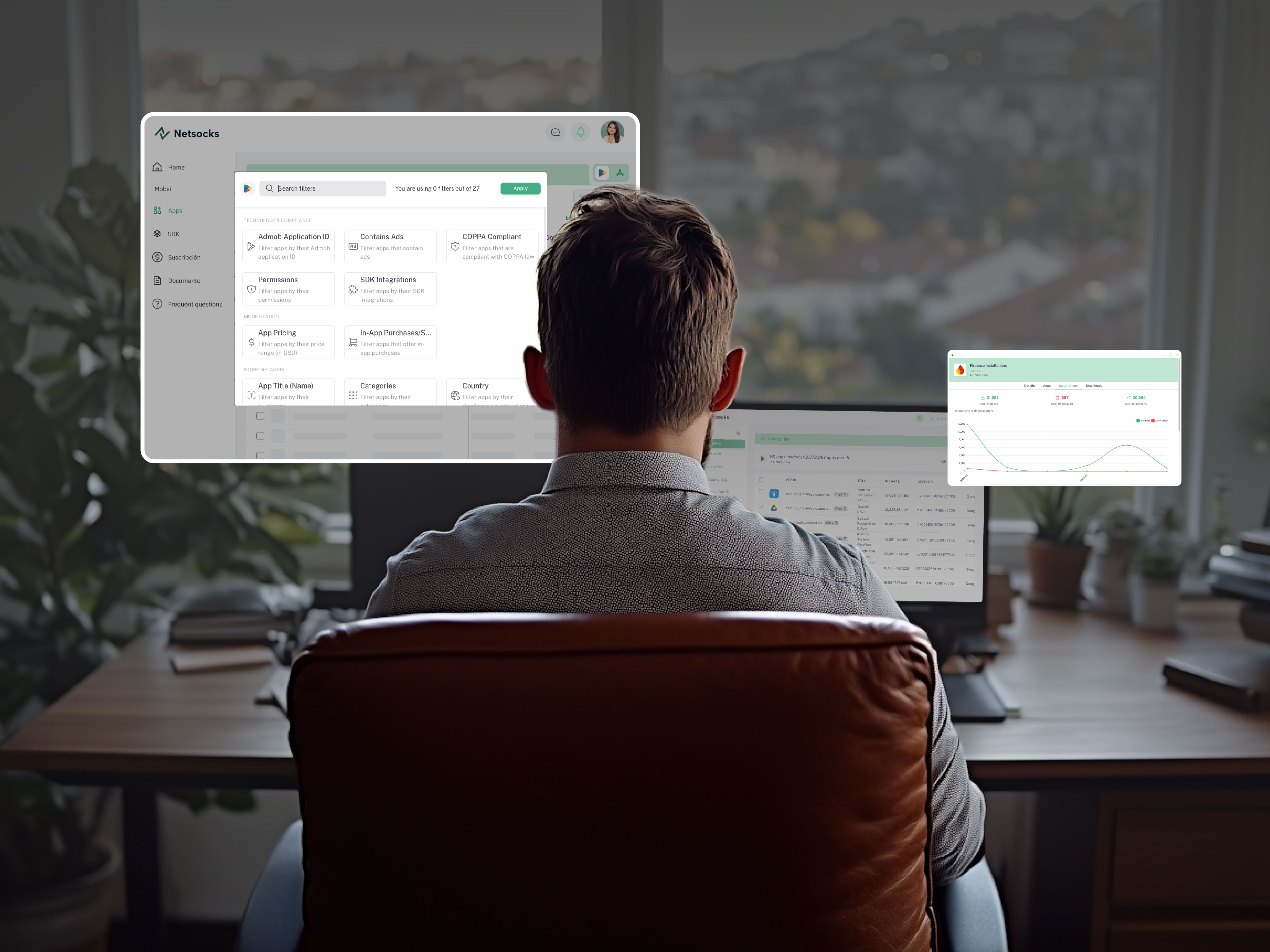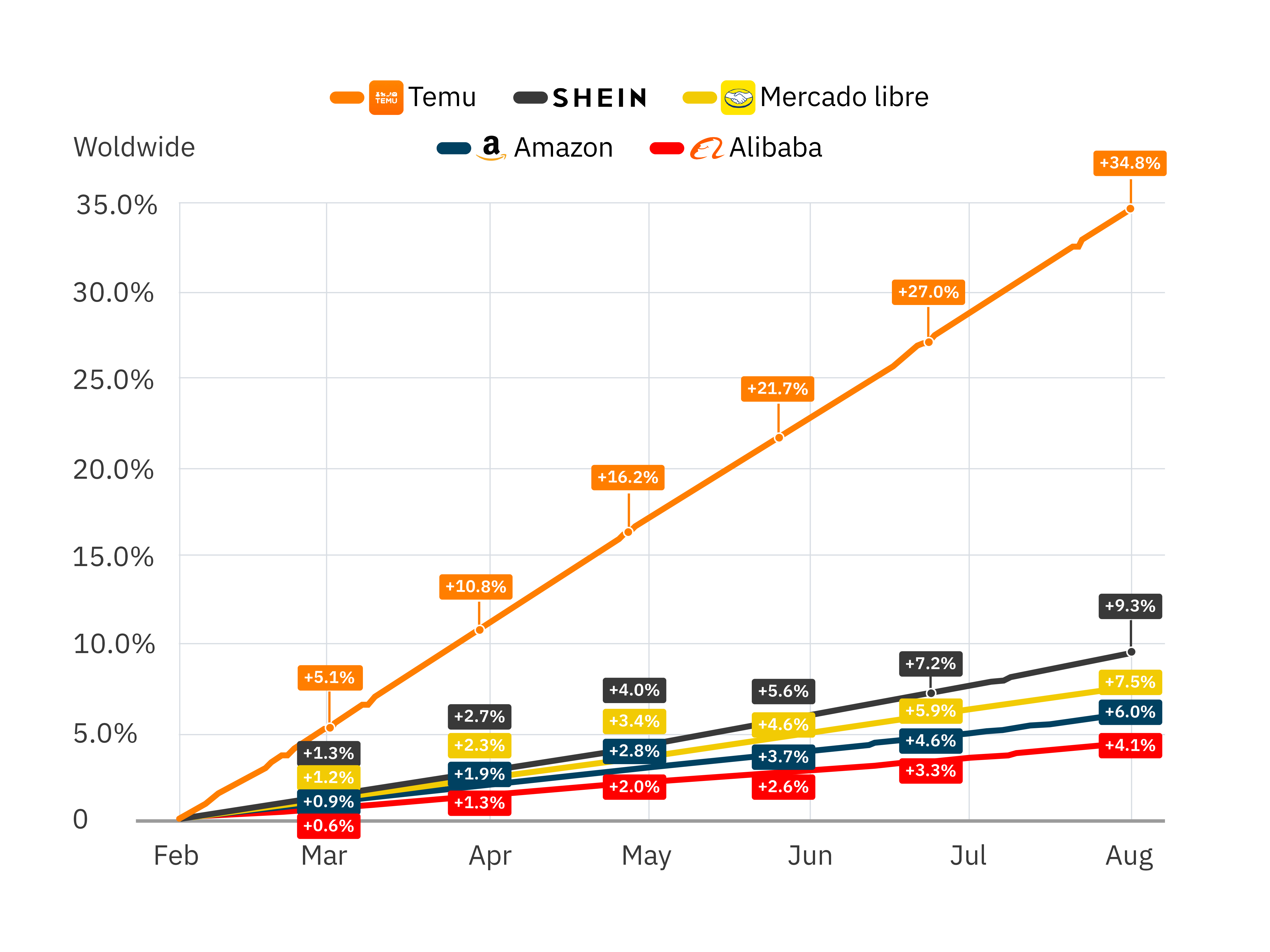
Choosing between a rotating proxy and a cloud proxy involves a deep understanding of how each functions and the configurations they provide. This knowledge will allow you to manage different types of proxies effectively and find the best option, as well as the most suitable provider for your specific use case.
📖 Curious about the difference between proxies and VPNs? Check out our article on Proxy vs VPN to explore which is better for your needs.
What Are Rotating Proxies?
A rotating proxy assigns different IP addresses to each user, providing geographical diversity and constant rotation to prevent blocks. Ideal for those performing a significant amount of web scraping, rotating proxies allow anonymous access to a website repeatedly. However, it’s essential to choose services that avoid public or shared proxies to ensure data security.
🎯 Learn more about how rotating proxies work in our guide on How to Choose the Right Private Proxy for Your Business.

What Are Cloud Proxies?
Cloud proxies are automatically updated to a compatible cluster version and offer advantages such as flexible scalability and enhanced performance thanks to globally distributed servers. Additionally, they provide access to geolocation, security, and anonymity through connection encryption and IP address masking. With centralized configuration, easy access via cloud-based control panels, automatic updates, and efficient management, they are an attractive option for a variety of needs.

Reasons to Use Rotating Proxy and Cloud Proxy
Netsocks' Rotating Proxy is ideal for users looking to collect large amounts of data from simple websites, avoiding blocks at every step. On the other hand, using a cloud proxy offers advantages like flexible scalability, access to global locations, optimized performance, and centralized management, making it a versatile solution for various cases
Key Differences Between Rotating Proxy and Cloud Proxy
The key differences between rotating proxies and cloud proxies lie in their functionality, scale, and purpose:
- Location and IP Rotation: A rotating proxy dynamically changes IPs, while a cloud proxy can access various locations without constant rotation.
- Scale and Capacity: Cloud proxies are scalable to handle large traffic volumes, while rotating proxies may be more suitable for individual users or small operations.
- Management and Configuration: Cloud proxies offer centralized, easy management, while rotating proxies may require manual configurations.
- Usage Purpose: Rotating proxies are ideal for web scraping, while cloud proxies are versatile, enhancing security and facilitating access to geo-restricted content.
- Flexibility and Customization: Cloud proxies typically offer more customization options, adapting to various business needs.
- Maintenance and Updates: Cloud proxies are generally managed by the provider, while rotating proxies may require manual intervention.
- Cost: Costs vary, with rotating proxies being more economical for individual users and cloud proxies offering scalability and additional features.
🌐 Not sure which proxy is right for you? Try our proxy to find the best fit for your business.
In Summary
In summary, the choice between a rotating proxy and a cloud proxy will depend on specific usage needs, the project’s scale, and available resources. Rotating proxies are ideal for high-volume web scraping and simple data collection tasks, while cloud proxies are best for secure, scalable, and centralized access to content.
📨 Stay updated with the latest trends and tips on proxies, VPNs, and web scraping in our blog.



.png)

.png)

